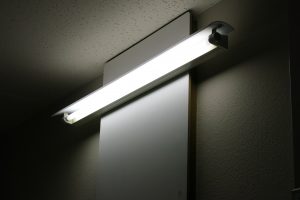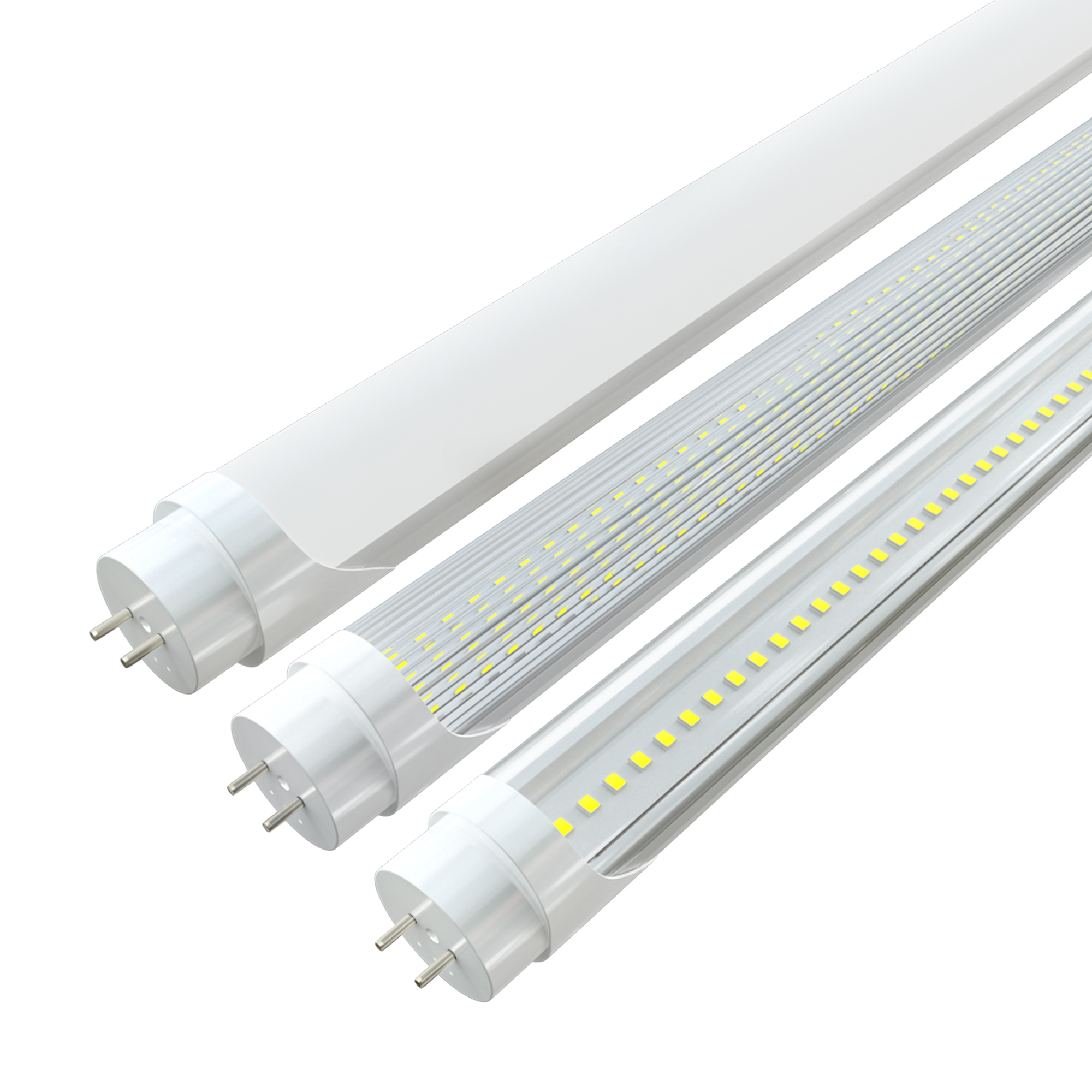LED LIGHTING
#NYLEDSTOCK# Fluorescent lamps VS LED Lamps #NYLEDSTOCK#
Time:2023-12-20 Click:1417
#NYLEDSTOCK# Fluorescent lamps #NYLEDSTOCK#
The fluorescent lamps are better than Incandescent bulbs (50-70% better in providing the same amount of light) and they have been there in the market since quite some time. It started coming in the form of tube lights (something which most of us have known since our childhood) and later graduated to come in the form of CFLs so that it can be retrofitted in the holder of the incandescent lamp.

A typical fluorescent lamp has a ballast (to first provide high voltage to strike an arc and then stabilize the current through the lamp) and a tube. In past tube lights used to come with electromagnetic ballast which caused the lights to flicker on start. Later on, developed electronic ballast which prevents the fluorescent lamps to flicker. Electromagnetic ballast ( an now only for historical study) consumes a significant amount of electricity than an electronic ballast. Most tube lights today have electronic ballast.
With time, tube lights were d in various developed in various variants: T12, T8 and T5. These numbers represent the diameter of the tube (i..e T12 is 3.81 cm 12/8″, T8 is 2.54 cm or 1 inch and T5 is 1.69cm or 5/8″) of the tube light. The smaller the number, the higher the efficiency. A T12 tube light with an electromagnetic ballast typically consumes 55W of electricity but a T5 with electronic ballast will consume only 28W of electricity (comparison is for a 4 feet tube light). Thus a T5 provided about 50% electricity saving over a regular T12 tube light. T8s are typically 38W tube lights and are better than T12s. Even though T5s were a little expensive during their heydays but still a payback was within a year if T8 or T12 is replaced. Also, their life was quite good and they last for 3-4 years at least. Many companies give 1-2 year replacement warranty on T5s. Thus the payback happens within the warranty period. However, Fluorescent Tubelights are becoming obsolete these days and are getting replaced by LED Tubelights.

LED Tubelights #NYLEDSTOCK#
LED Tubelights are replacements for regular tubelights. They are a line source of light and thus they cover a larger area. These days several options of LED Tubelights are available in the market: 18 Watt, 20 Watts, 22 Watts, etc. In terms of light output (or lumens output), a 20 Watt LED Tubelight is similar to an old 40 Watt T-8 or 27 Watt T-5 tubelight.
#NYLEDSTOCK# Buying guide for a Lamp #NYLEDSTOCK#
The wattage of the bulb or tube light has been traditionally used as the measure of the amount of light produced by it, but watts does not represent the actual amount of light produced. The amount of light produced is represented by a term called lumen. So to compare two lights, one should compare the lumen output of the lamp.
Lumen Output
Lumen output defines the efficiency of the lamp. Lumen is the output and watt is the input and lumen/watt defines the efficiency of the lamp. Wattage just helps one estimate power consumption.
The angle of delivery of light
The angle of delivery of light is the beam angle produced by the light source. LED is a point source but it is the lense and the luminary which makes it usable for large applications requiring spotlight, floodlight, wide floodlight and very wide floodlight.
Colour rendering index (CRI)
This is the factor that measures to what extent the light illuminated is close to real light. CRI is measured between 0-100. If the CRI is high the quality of the light is high. If the CRI is low, the quality of the light is low.
Colour temperature in Kelvin
Color temperature is a way to describe the light appearance provided by a light bulb. It is measured in degrees of Kelvin (K) on a scale from 1,000 to 10,000. Typically, Kelvin temperatures for commercial and residential lightin
g applications fall somewhere on a scale from 2000K to 6500K. The table given below describes the quality of colour temperature towards the light.
#NYLEDSTOCK# When do you waste electricity? #NYLEDSTOCK#
When you use more lumens in a room than required then you are wasting electricity for extra lighting. There are multiple cases when this happens:
- More lights are put in a room than desired.
- Lights are hidden on concealed. Many times this is done with false ceilings to decorate the room.
- At times there is some obstruction for the lights and extra lights have to be put to accommodate for the less light.
CONTACT US
7 scouting blvd Medford, NY 11763,USA
SUNNY@NYLEDSTOCK.COM
(516)-888-9912
Large order contacts us could get lower wholesale price!